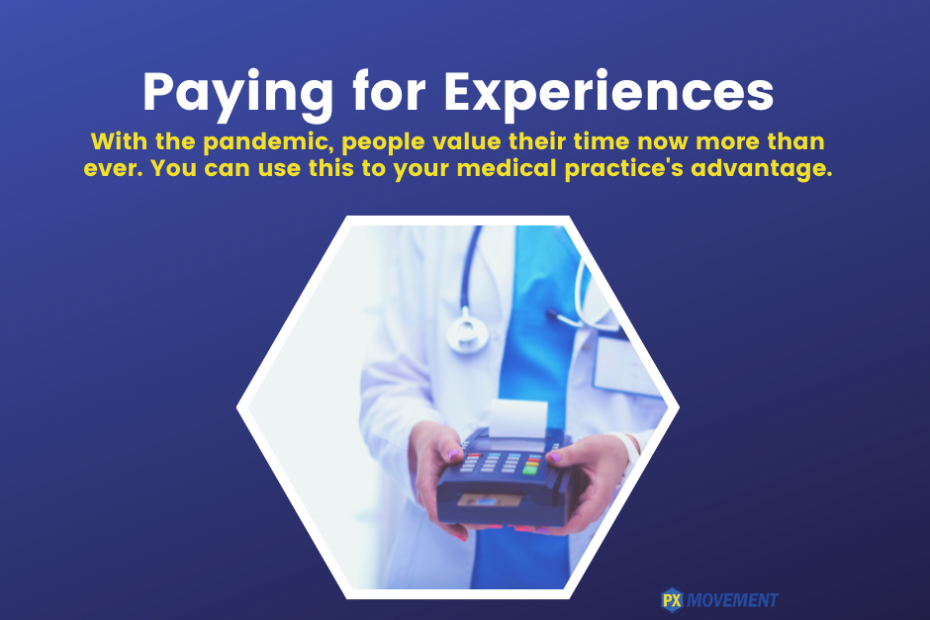Our daughter came to visit us recently so we could celebrate her 24th birthday between her shifts as an ER nurse. We were able to honor her two main requests: do an escape room adventure and go wine tasting. These two activities are booming in popularity, especially as mask-wearing requirements dissipate. They are also fee-based, where customers are paying for the time spent doing the activity.
Escape Rooms & Wineries
Just a decade ago, nobody had heard of an escape room and very few wineries charged a fee to taste their wine. Nowadays, you need and will pay $40 or more per person for the privilege of being left in a room filled with clues and only 60 minutes to work as a team and escape. Wine tasting will cost anywhere from $10-$60 per person for about an hour to taste a range of the winery’s selection while being educated about each varietal and release.
These are two examples of experience-based offerings where the main currency is time. Contrast this to the purchases you do for services as well as goods, where the main currency is money. With the rise of experiences in our economy, consumers aim to save as much as they can on goods and services to be able to spend more on experiences. From an economic value standpoint, goods and services are subject to the forces of commoditization, which drag down their value. Experiences offer the opportunity to be unique and memorable, which increases their perceived value in the mind (and heart) of the customer.
How This Applies to Patient Experience
This distinction is at the core of what every medical practice needs to consider. Specifically, are you operating as a “service provider” or as an “experience provider”? Patient Experience (PX) is more than just providing really good service. It’s a mindset that dictates how every aspect of a patient’s interaction with the practice can be designed to be better. This means a more personal and more meaningful set of encounters from the time they enter to the time they leave.
The pandemic has shown that people value their time now more than ever. Employees that were forced to work remotely realized they could be productive and save commute time. As a result, corporate CEOs including those at Amazon and Microsoft (https://apple.news/AuLgYItSIQyqcWzvwcb1_1A) are figuring out how to move forward given how well that experiment worked. And the mass resignation in the labor force can be attributed to people valuing their time so highly that they decided to switch jobs or leave the workforce altogether.
Final Thoughts
Over the coming weeks, I’m going to be unpacking in greater detail the concept of time as it relates to patient experience in the medical practice. The value of time is a key premise in my book as it relates to eliminating aspects that waste time, from onsite form-filling to sitting in a waiting room.
For now, I will leave you with a serious question to ponder:
What would you have to do differently in order to charge admission to your practice? (this can apply to any place of business).
As noted earlier, many wineries 10-20 years ago were probably afraid to consider this and were concerned about people not showing up if they charged a fee. What’s actually happened instead is that winemakers recognized that investing in and designing a wine tasting experience — above and beyond the service of pouring the wine – has inherent value and that customers will pay.
This is a great exercise to do as a team, because it will unlock a bunch of ideas that could serve to improve the patient experience. Good luck and stay tuned!

